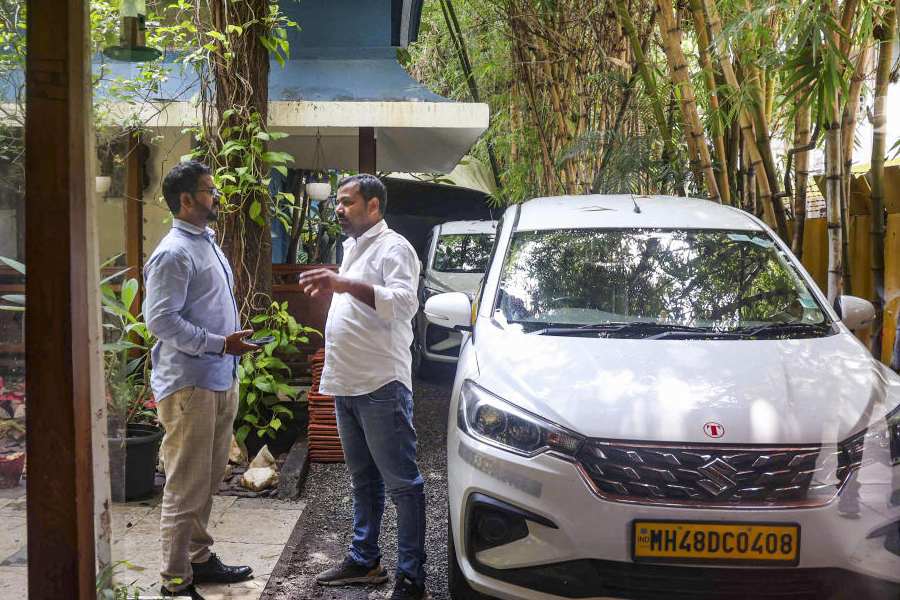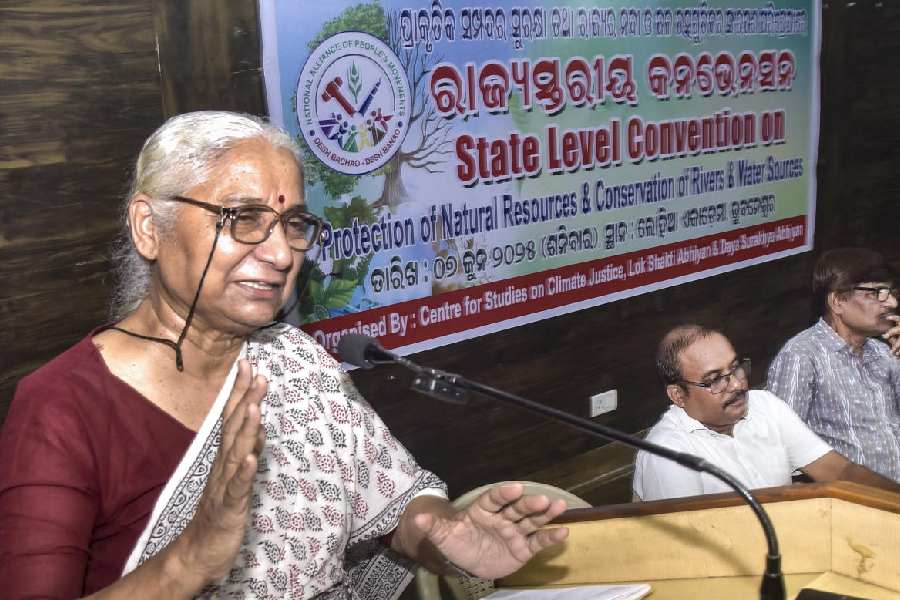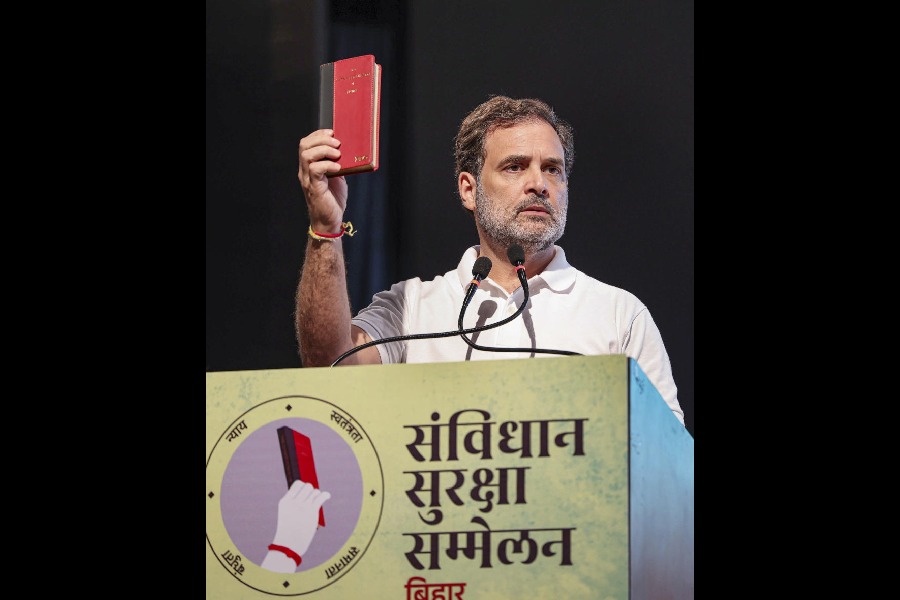 |
Thiruvananthapuram, Feb. 4: An administrative block in Kerala has become the first in the country to come up with a digitised resource map showing the landscape of the area, the plots and the distribution of houses, along with information on each of the inmates ? their age, education, economic background and even the gizmos they use.
The geomatics lab of the state government-owned Centre for Earth Science Studies, backed by the Indian Space Research Organisation (Isro), today unveiled a village-level resource information model that gives all this data at the click of a mouse.
Isro chairman G. Madhavan Nair said the model could be replicated for micro-planning across the country, depending on availability of funds.
The centre used data from the private American satellite IKONOS ? which can take pictures down to 1 square metre, unlike Indian satellites which offer spatial resolution only up to 5.8 sq metre ? and blended this with field validation by a group of scientists.
Information collected manually by trained volunteers over two years on the 292,000 people living in 60,000 houses in Tirurangadi block in the backwoods of the Muslim-dominated Malappuram district was dovetailed. As was data on the number of plots, landscape features, watersheds and soil nature.
So, Tirurangadi block president M.A. Khader now has ready access to any information he might need on any of the seven panchayats under him. At present, the data will be available only to government planners.
Malappuram, once dubbed a laggard district with the highest rate of population growth in the state and slow-paced development, last year became the country’s first district to reach computer literacy to all its 650,000 households. The Panchayat Resource Information Centre (PRINCE) now will be the first step towards integrated precision planning for the 141.2-sq km block.
K.K. Ramachandran, PRINCE project leader, said: “We’ve evolved a resource-mapping model, which gives the natural resource profile of an area on a 1:4,000 scale, which is the scale on revenue records. Isro has a macro-level mapping of the country’s physical profile on a scale of 1:50,000.”
The project evolved from the manual resource mapping of Kalliassery panchayat in 1992-93, M. Shamsuddin, chief of the geomatics lab, said. Twenty-five more panchayats were surveyed. But voluminous data stored on paper or CDs were unmanageable.
The next stage is to undertake a similar profiling at Kollengode in Palakkad district. Unlike the almost even terrain of Tirurangadi, Kollengode has a land elevation of 1,100 metres.










